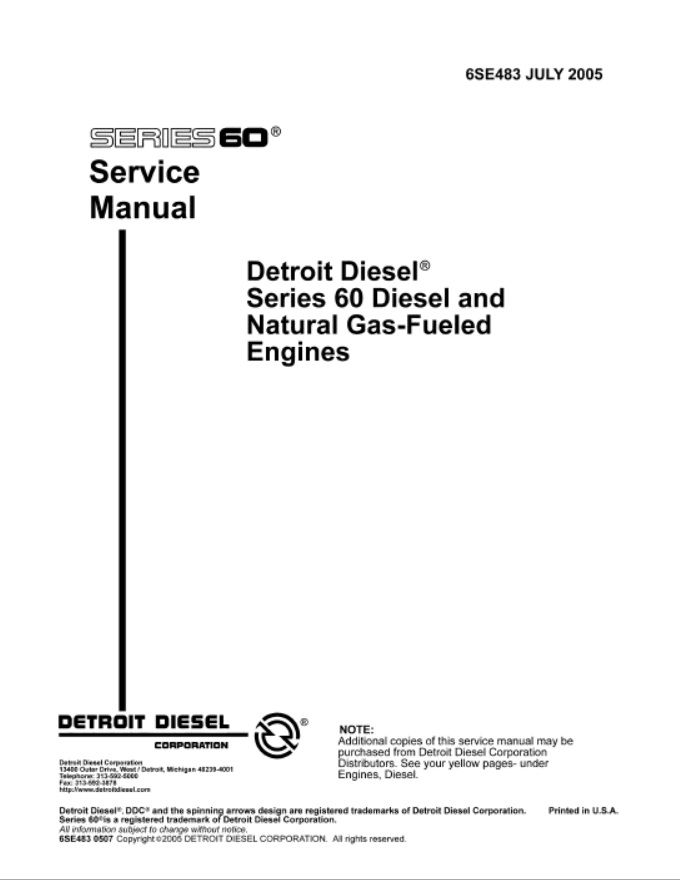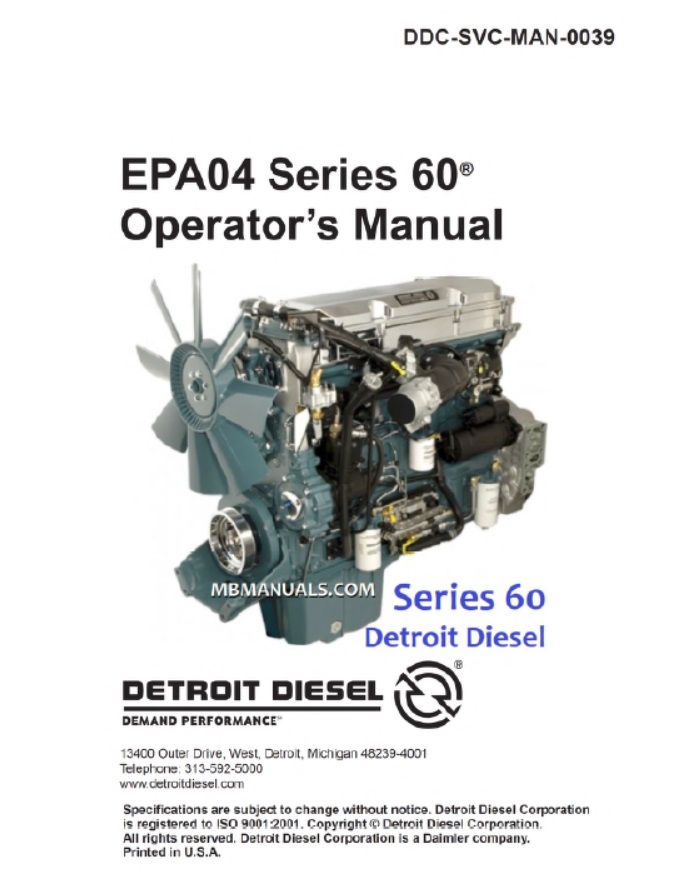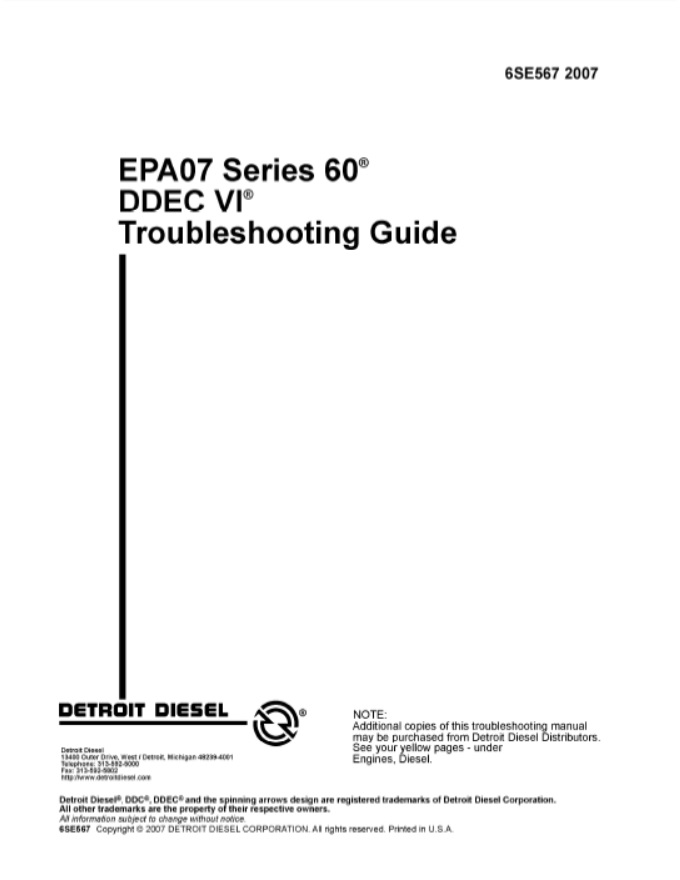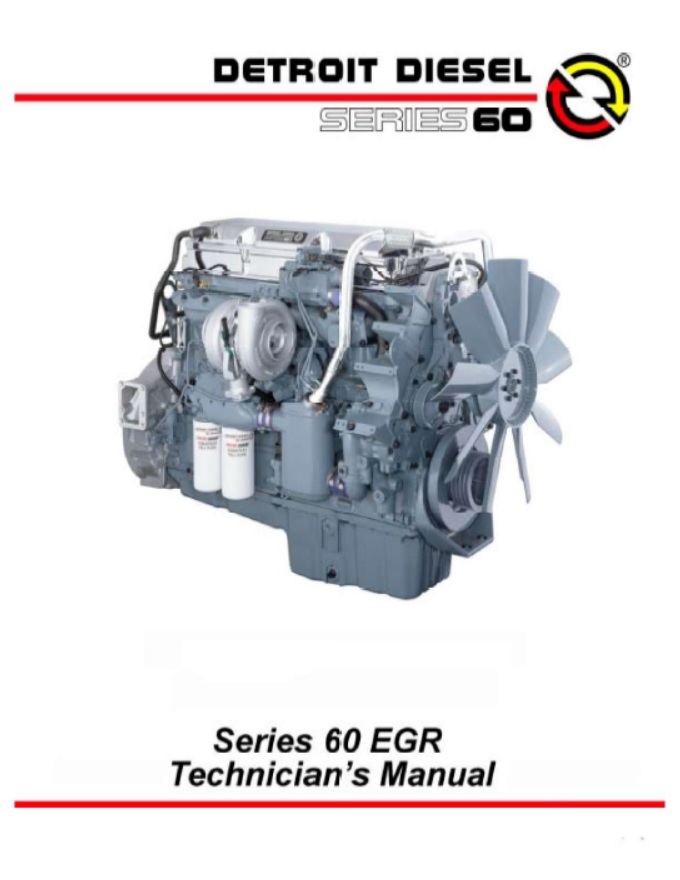Detroit Diesel Series 60 Engine Manuals
Mercedes-Benz / Detroit Diesel Series 60 Engines, Produced: 1987-2011
- Detroit Diesel Engines - A DaimlerChrysler Company
- Mercedes / Detroit Diesel Motor Service Manuals
- Parent Company: Daimler Trucks North America - Daimler AG
view all petrol gasoline & diesel engine manuals
Download: Series 60 6SE483 Engine Service Manual
- Detroit Diesel Series 60 6SE483 0507
- Mercedes Benz / Detroit Diesel
- Download: 167.2mb, 1669 pages
Format: .pdf document
Download Link Sent to your PayPal email address
This manual contains instructions for servicing on highway applications of diesel and natural gas Series 60 Engines, including cleaning, inspection, repair, replacement and troubleshooting major components.
Download: Series 60 EPA04 Operator's Manual
- Series 60 EPA04 Owners Guide
- Engine Operating Instructions
- Download: 26.2mb, 154 pages
Format: .pdf document
Download Link Sent to your PayPal email address
Download: Series 60 EPA07 DDEC VI Troubleshooting
- Detroit Diesel Series 60 EPA07
- DDEC VI Troubleshooting Guide
- Download: 99.1mb, 925 pages
Format: .pdf document
Download Link Sent to your PayPal email address
Download: Series 60 EGR Technicians Guide
- Detroit Diesel Series 60 EGR
- EGR Technicians Guide
- Download: 13.2mb, 135 pages
Format: .pdf document
Download Link Sent to your PayPal email address
Mercedes / Detroit Diesel Series 60 Technical Data
The Detroit Diesel Series 60 is an inline-six 4 stroke diesel engine produced since 1987.
When it was introduced, the Series 60 offered fully integrated "drive by wire" electronic controls, and an overhead camshaft. It had a 11.1 L (677 cu in) displacement rated at 350 bhp (261 kW) and was used in USA buses.
Detroit Diesel prescribed overhaul intervals of 500,000 miles (800,000 km), then raised that to 750,000 miles (1,210,000 km) after more use experience was gained.
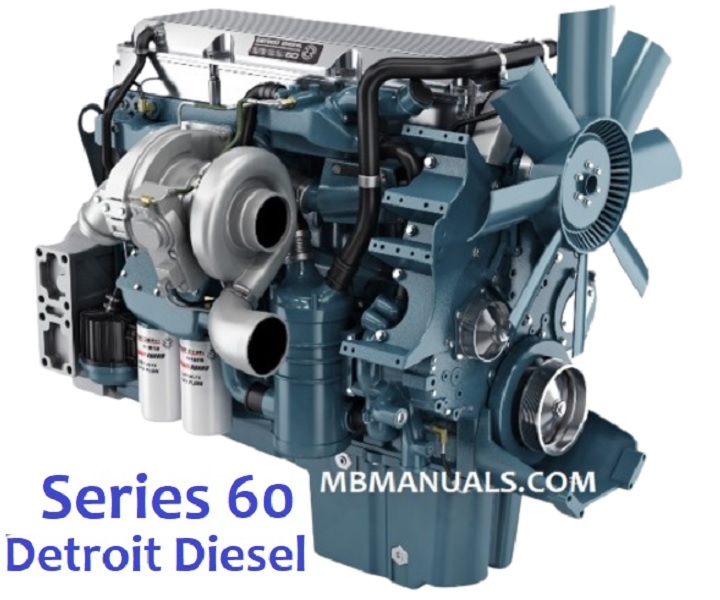
Series 60 Engine Variants
11.1 Liter
In 1993, the 11.1 L (677 cu in) engine offered a power rating of 350 bhp (261 kW), but was discontinued in 1998 .
Series 60 12.7 Liter
The 12.7 Liter motor replaced the 11.1L offering (775 cu in) with a longer stroke of 6.3 in (160 mm). Both tdisplacements were used in truck and tractor-trailer applications, with the 12.7L became a motor-coach application with Neoplan fitting it in their high-floor and low-floor articulated buses - the AN460A and AN460LF. Detroit Diesel began making Series 60 marine engines in 1999, with wider availability starting in 2000. The 12.7 was discontinued in 2007
Series 60 14.0 Liter
In 2001 the bore and stroke was increased with a 14 L (854 cu in) displacement, increasing power output to 575 hp (429 kW) and a torque to 1,850 lb.ft (2,508 Nm).
In 2004 it became the dominant platform in Freightliner over the road sleeper trucks and changed the ECM to a DDEC V. From 2007 - 2010 (2008 -2011 trucks), the Detroit Diesel 14L engine was modified to meet new emissions standards and went to a dual ECM configuration (DDEC VI). This engine ran higher compression, higher injector pressure and a DPF exhaust filter. In 2011 the series 60 engine was discontinued and replaced by the DD15 engine.
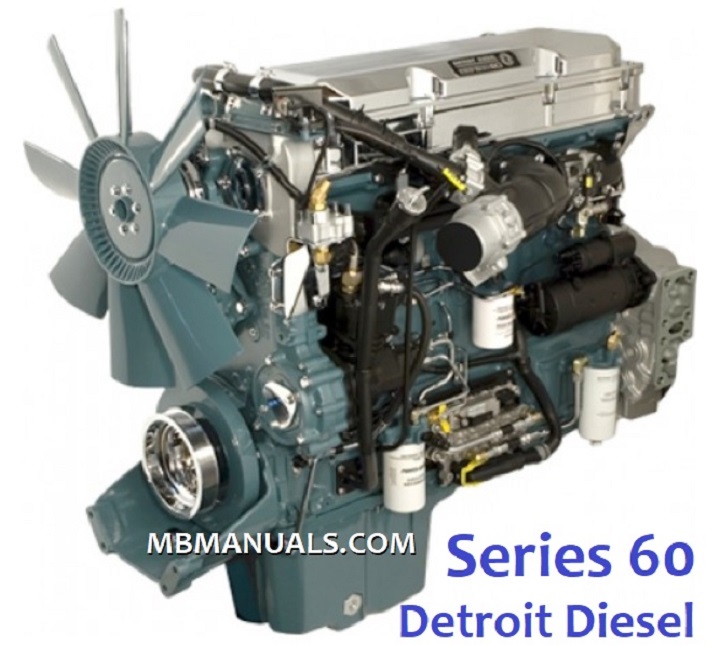
Series 60 Features
Electronic Control (DDEC) system: The DDEC system includes engine diagnostic functions, shutdown timers, progressive-shift functions, fault-history, speed limiting, automatic-stall preventing, and cruise control functions favored by operators due to its fuel-saving nature. With the DDEC system, owners can download engine management reports, including use records with over-speeding, excessive idle time, hard braking, and other parameters, thereby assisting owner evaluation, tracking and supevision. The DDEC system allowed dealers and owners to troubleshoot problems with their engines, permitted changes to horsepower settings, and in some cases, alternative programs were able to be loaded into the computer.
DDEC I
Initially the engine was controlled by the DDEC I System which was a two-box system. It had an Electronic control module (ECM) in the cab, and an Electronic Driver Module (EDM) on the engine to operate the injectors.
DDEC II
The DDEC II ECM was a single box system mounted on the engine providing
ratings between 365 hp (272 kW) and 500 hp (373 kW) of torque. During
normal use 430 hp (321 kW) would be available, and with cruise control
engaged, the horsepower rating would increase to 470 hp (350 kW), providing
the most economical use.
DDEC III
In 1992, the DDEC III system was introduced with horsepower ratings up to 470 hp (350 kW) due to revised camshaft timing and other improvements. Standard rating was 430 hp (321 kW), and with the cruise control engaged horsepower increased to 470 hp (350 kW), while experiencing reduced-fuel consumption. DDEC III also introduced dual-voltage (12V/24V) ECM units which promoted installation into 24-volt marine, industrial, and non-USA truck applications.
DDEC IV
In 1997 the DDEC IV engine control module was introduced with further improvements of a waste-gated turbocharger and engine management provided increased horsepower ratings up to 500 hp (373 kW), and torque outputs of 1,650 lb.ft (2,237 Nm).
Supplements and Resources
